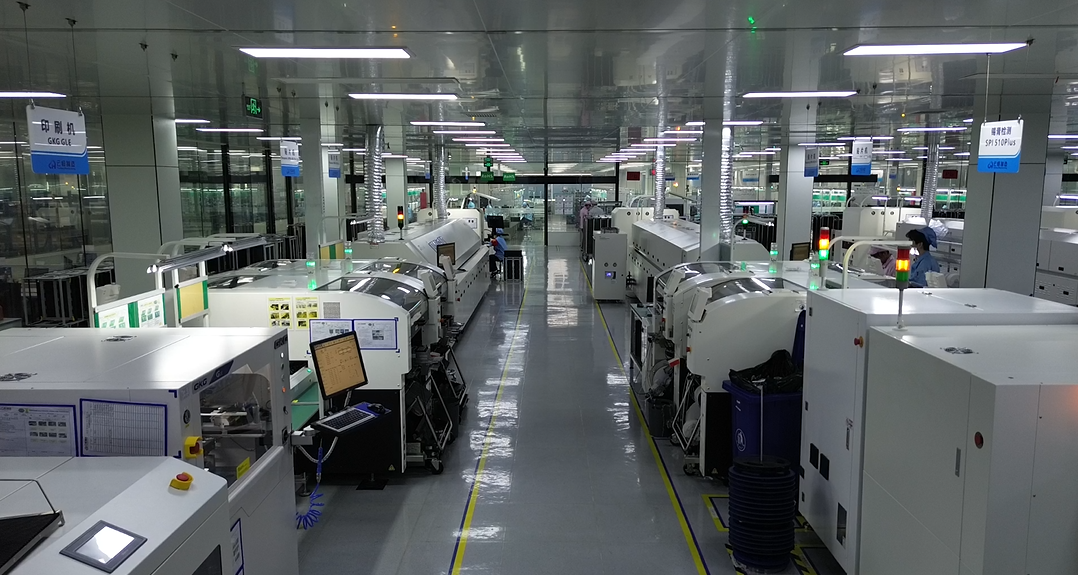ElectronicsManufacturingTerminology:AComprehensiveGuide(电子制造业常用英语术语)
The electronics manufacturing industry is a vast and intricate field that plays a pivotal role in our daily lives, encompassing the design, production, and testing of electronic equipment, ranging from microchips to smartphones. To effectively navigate this complex world, it is essential to understand the terminology used. This article delves into various aspects of electronics manufacturing, providing detailed definitions and explanations for commonly used terms.
Introduction
The journey of electronics manufacturing begins with the design stage and continues through prototyping, component selection, assembly processes, testing and quality control, packaging and shipping, and even extends to maintenance and repairs after product deployment. Each stage holds its own set of critical terms and concepts.
Design and Prototyping
In the initial stages of electronics manufacturing, designing and creating prototypes are paramount. Key terms to familiarize yourself with include:
Circuit Diagram: A schematic representation of an electrical circuit, showing components and their connections.
PCB (Printed Circuit Board): The board that holds conductive pathways and component holes, enabling electrical connections between them.
CAD (Computer-Aided Design): Software used to create detailed designs and simulations of electronic circuits and components.
Prototype: An early sample built to test the functionality and appearance before full-scale production.
Components and Materials
Electronic devices are made up of various components and materials, each serving a specific purpose. Key terms include:
Resistor: A component that limits the flow of electric current or reduces voltage.
Capacitor: A component that stores and releases electrical energy.
Transistor (often referred to as a transistor): A semiconductor device used as an amplifier or switch in electronic circuits.

Integrated Circuit (IC): A set of electronic circuits on a single silicon chip.
Soldering: The process of joining two metal parts using a filler metal.
Assembly Processes
Once the design is finalized and components are selected, the assembly process begins. Key terms related to this stage are:
SMT (Surface Mount Technology): A method of mounting components directly onto the surface of PCBs.
Pick-and-Place Machine: Automated devices that place components onto PCBs during the SMT process.
Reflow Oven: An oven used to melt solder paste, securing components to PCBs.
Through-Hole Technology: An older method where components have leads that pass through holes in PCBs.
Testing and Quality Control
Ensuring the reliability and performance of electronic products involves rigorous testing and quality control measures. Key terms include:
ATE (Automatic Test Equipment): Machines that automatically test electronic devices.
Burn-In Testing: A stress test to identify potential failures under prolonged use.
AOI (Automated Optical Inspection): A system that uses cameras to inspect PCBs for defects.
X-Ray Inspection: A non-destructive testing method to examine internal structures.
Packaging and Shipping
After passing all tests, electronic products are packaged and prepared for shipment. Key terms include:
Blisters: Plastic packaging that encloses individual items.
Anti-Static Bags: Special bags to prevent damage from static electricity.
Foam Inserts: Custom-shaped pieces of foam for cushioning inside packaging boxes.
Shipping Labels: Adhesive labels with necessary shipping information.
Maintenance and Repair
Even after products reach customers, they may require maintenance or repairs. Key terms include:
RMA (Return Merchandise Authorization): A document allowing returns for repair or replacement.
Warranty: A guarantee provided by manufacturers for repairs or replacements.
Field Service Engineer: Technicians who perform maintenance and repairs onsite.
Spare Parts Inventory: Stockpiles of replacement parts for quick access during repairs.
In conclusion, understanding electronics manufacturing terminology is crucial for anyone involved in this industry. Familiarity with these terms enables effective communication, efficient problem-solving, and successful project execution, contributing significantly to the advancement of technology and innovation in the electronics sector.
